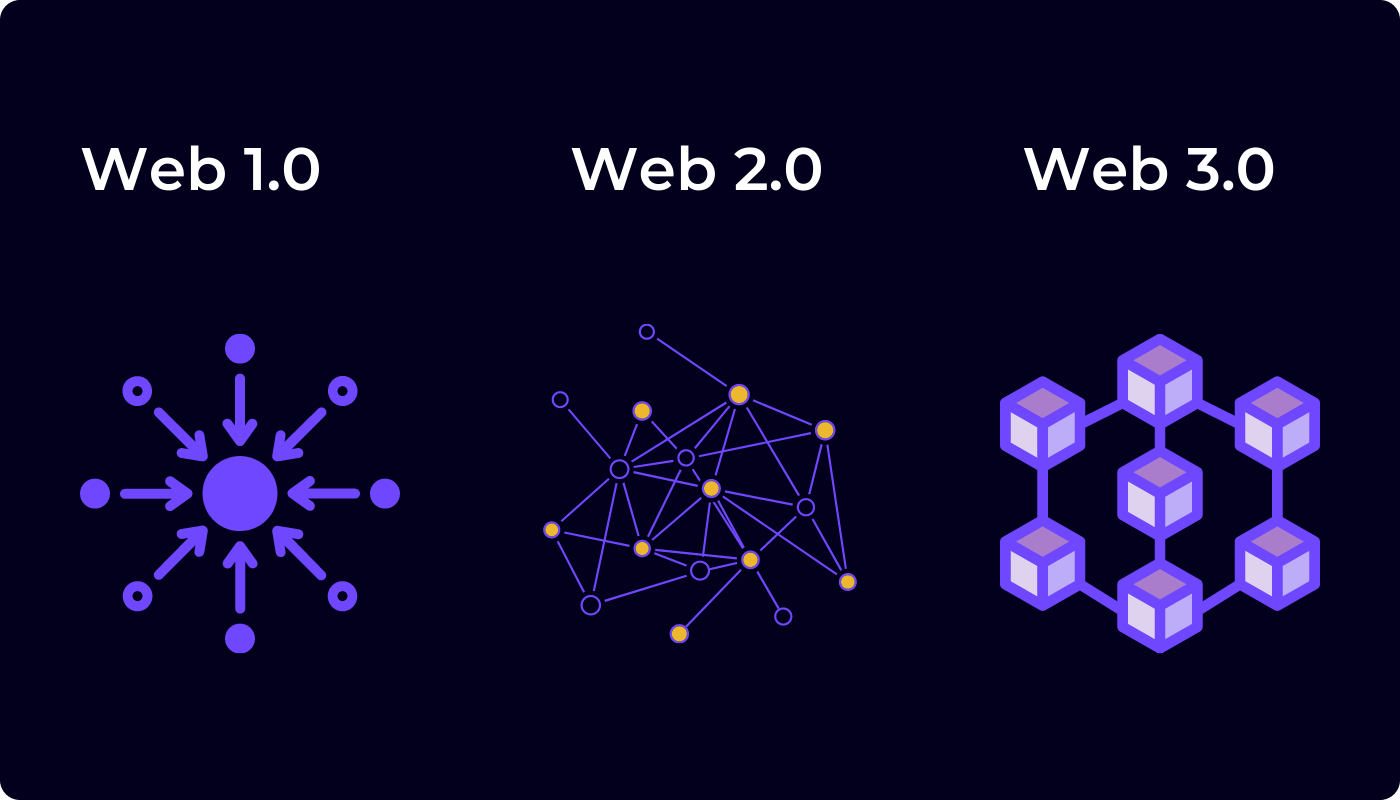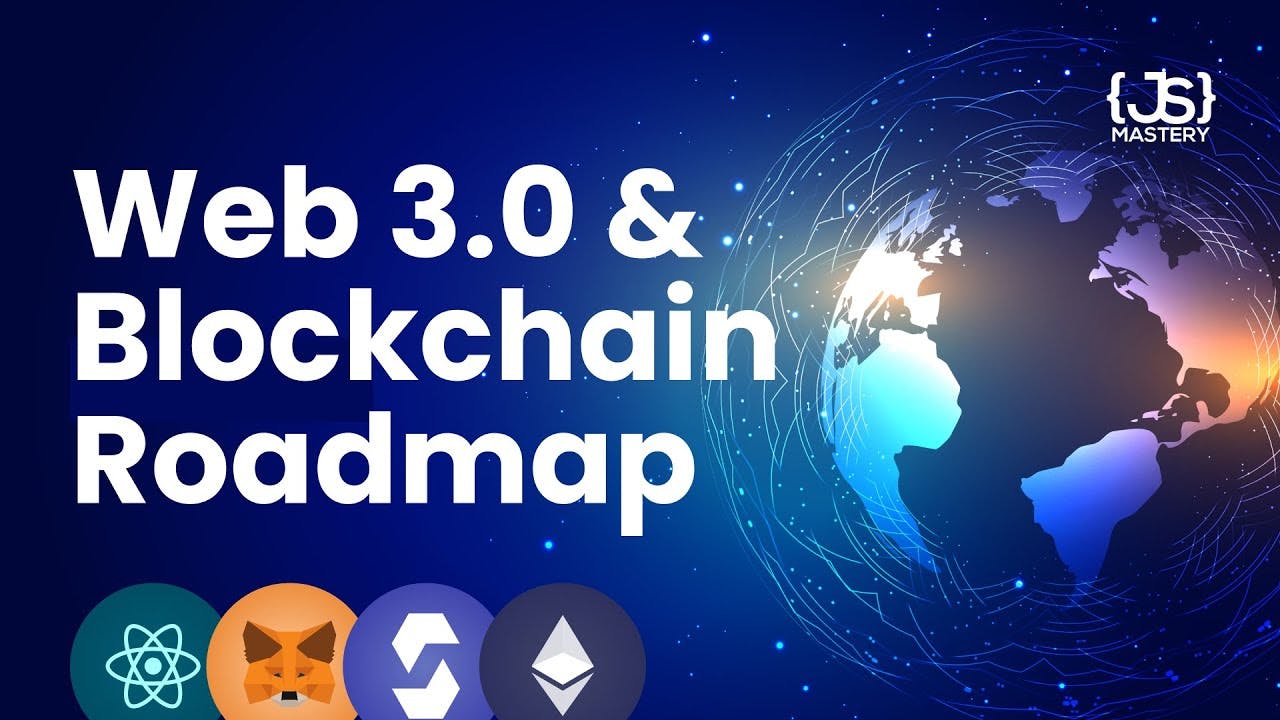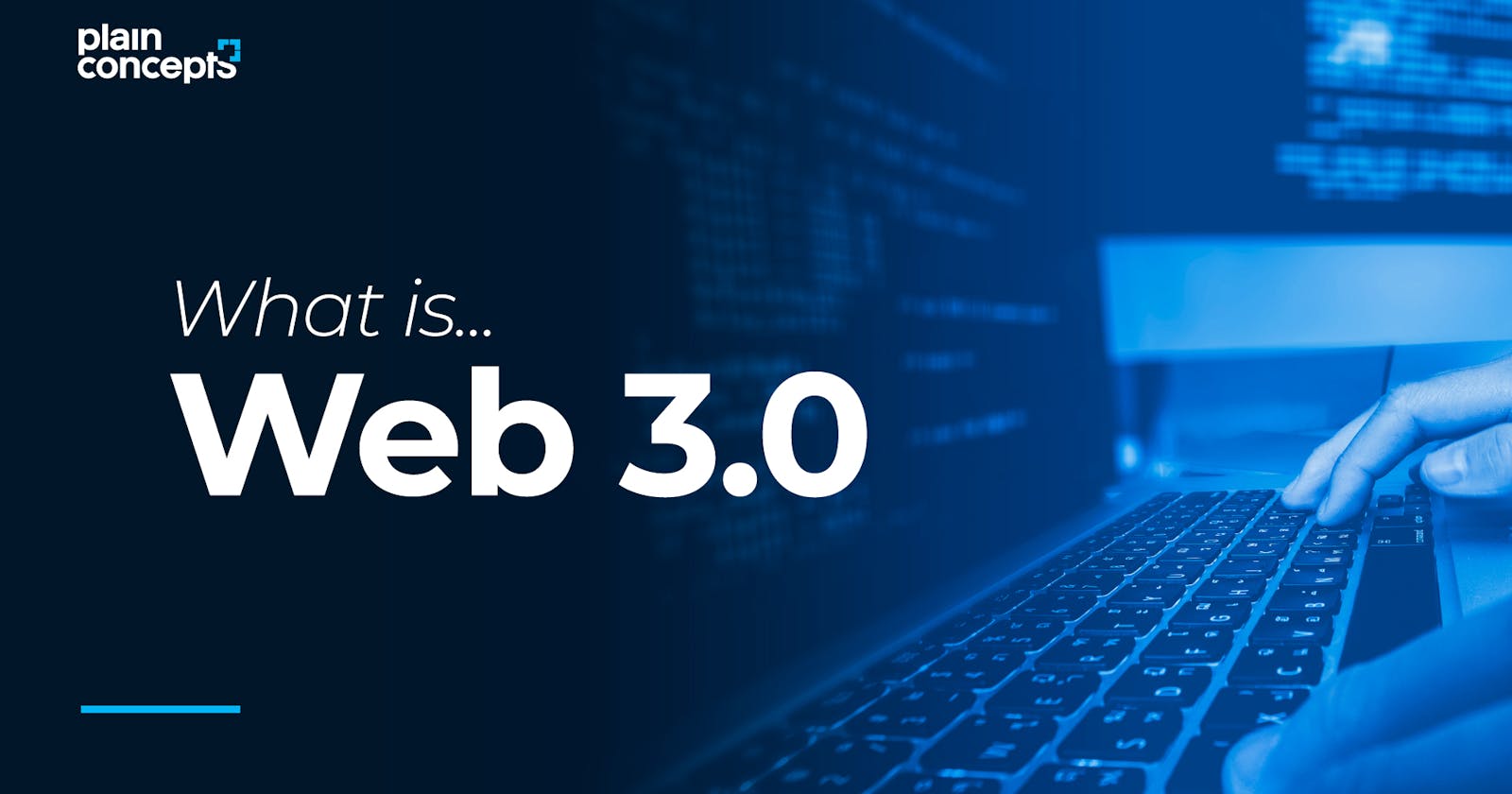Introduction
Web3 is short for Web 3.0.
The thinking goes that Web 1.0 was the first World Wide Web that took off in popularity through web browsers in the 1990s and that Web 2.0 followed a decade later with the rise of mega-platforms like Google, Facebook, and Amazon. Have you recently considered deleting your Facebook account, boycotting Amazon, or trying to find an alternative to Google? You wouldn’t be alone. The tech giants are invading the privacy of internet users, misusing their data, strangling economic growth, and helping governments spy on users of the internet. Yet because these few companies own so many of the internet’s key services, it seems there is little people can do to avoid having to interact with them if they want to stay online. However, 30 years after the world wide web was created, the third generation of web technology might offer a way to change things. The decentralized version of cyberspace promises to enable better user control, more competition between internet firms, and less dominance by large corporations. But there are still serious questions over whether it’s possible – or even desirable.
The Evolution of the Web
 The web has evolved a lot over the years, and its applications today are almost unrecognizable from its early days. The evolution of the web is often partitioned into three separate stages: Web 1.0, Web 2.0, and Web 3.0.
The web has evolved a lot over the years, and its applications today are almost unrecognizable from its early days. The evolution of the web is often partitioned into three separate stages: Web 1.0, Web 2.0, and Web 3.0.
- Web 1.0
The first version of web Web 1.0 also referred to as Syntactic web or read-only web, is the era (1991–2004) where the role of a user is limited to reading the information provided by the content producers. There is no option given for the user or consumers to communicate back the information to the content producers. Web 1.0 consisted of sites serving static content instead of dynamic HTML. Data and content were served from a static file system rather than a database, and sites didn't have much interactivity at all. You can think of Web 1.0 as the read-only web.
- Web 2.0
Web 2.0 also referred to as Social Web or read-write web is the era (2004-till date) that facilitates interaction between web users and sites with the intention to allow users to communicate with other users. In this era every user can be a content producer and content is distributed and shared between sites. Some of the famous Web 2.0 applications are Facebook, YouTube, Flickr, Twitter, etc., The web technologies like HTML5, CSS3, JavaScript frameworks like ReactJs, AngularJs, VueJs, etc., enable startups to innovate new ideas which enable users to contribute more to this Social Web. Web 2.0 is built around the users; producers just need to build in a way to enable and engage users.
Web2 applications repeatedly experience data breaches. There are even websites dedicated to keeping up with these breaches and telling you when your data has been compromised.
In web2, you don’t have any control over your data or how it is stored. In fact, companies often track and save user data without their users' consent. All of this data is then owned and controlled by the companies in charge of these platforms.
Governments will often shut down servers or seize bank accounts if they believe a person is voicing an opinion that goes against their propaganda. With centralized servers, it is easy for governments to intervene, control, or shut down applications as they see fit.
Because banks are also digital and under centralized control, governments often intervene there as well. They can shut down access to bank accounts or limit access to funds during times of volatility, extreme inflation, or other political unrest.
Web3 aims to solve many of these shortcomings by fundamentally rethinking how we architect and interact with applications from the ground up.
- Web 3.0
There are a few fundamental differences between web2 and web3, but decentralization is at its core.
Web3 enhances the internet as we know it today with a few other added characteristics. web3 is:
- Verifiable
- Trustless
- Self-governing
- Permissionless
- Distributed and robust
- Stateful
- Native built-in payments
In web3, developers don't usually build and deploy applications that run on a single server or that store their data in a single database (usually hosted on and managed by a single cloud provider).
Instead, web3 applications either run on blockchains, decentralized networks of many peer-to-peer nodes (servers), or a combination of the two that forms a cryptoeconomic protocol. These apps are often referred to as dapps (decentralized apps), and you will see that term used often in the web3 space.
In this, like in many forms of decentralization, you'll see that unnecessary and often inefficient intermediaries are cut out.
Prerequisites to becoming a Web3 Developer

Learn Web development
In order to become a Web3 developer, you should Know JavaScript and web development in general. If you don't, you should take a step back at this point and learn about web development first.There are so many awesome courses and tutorials out there. You won't have a hard time finding good ones.
Learn the Basics of Blockchain
Blockchains are still hot and the industry has a crazy amount of demand for developers right now. Next to awesome salaries, it's also an immensely interesting field to work in. You need to know what you work with. Blockchains are an incredible piece of technology, but they also aren't trivial to learn. You'll have to put some time into it to understand what you will later build on.
Learn About Smart Contracts
Smart contracts are how you can actually program the blockchain. They are code deployed to the chain, written in some language that blockchain nodes can execute. Smart contracts can nearly do everything, from fungible and non-fungible tokens to the backend of your next decentralized app. They are, however, different from the code you usually write. They'll make up a good portion of your future work, so better understand them well.
Learn How To Interface With The Blockchain
Decentralized apps consist of two components: Your frontend and smart contracts executed on the blockchain. For your frontend to talk to the blockchain, you'll need to interface with it. This is where libraries come in and there are two popular choices to interface with blockchains that implement the Ethereum API:
- ethers.js
Web3.js
Pick one, and learn it well. You will definitely need it. It's one of your most important tools from now on.
Learn Solidity
There are many blockchains out there, and nearly equally as many of them come with their own unique way of building smart contracts. Solidity, however, is the language of the Ethereum VM which is integrated into many other blockchains. It won't only serve you well on Ethereum. It will also help you to build smart contracts on other chains.
Show your Support
If you found this article interesting or helpful, leave a like, and follow me for more like this. It would mean the world to me!
And if you would love to read even more content, feel free to visit me on Twitter
